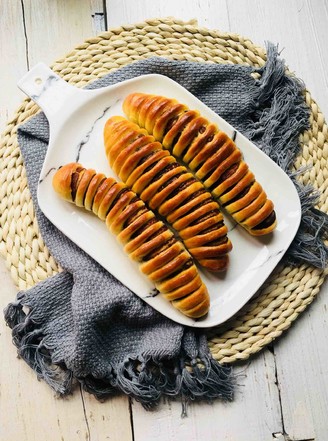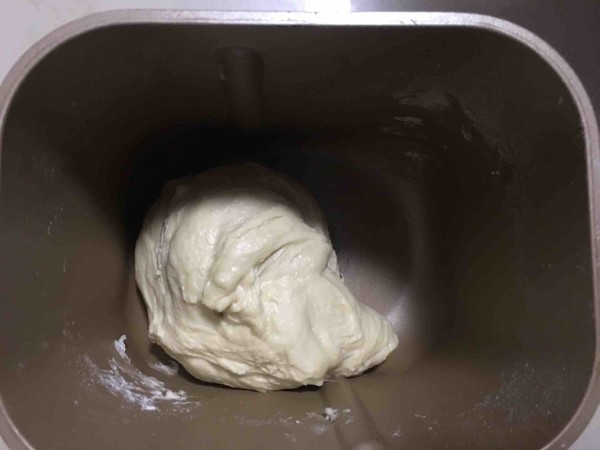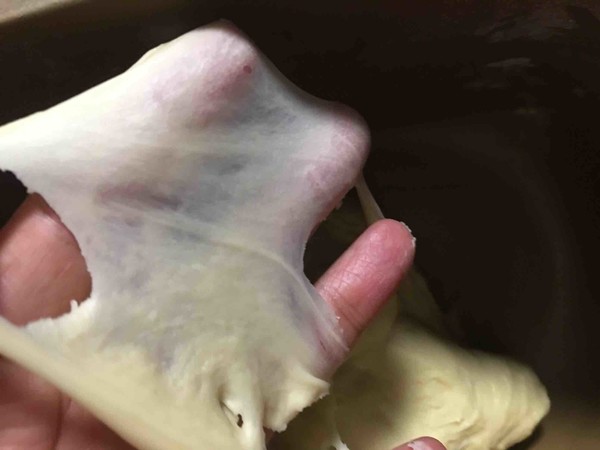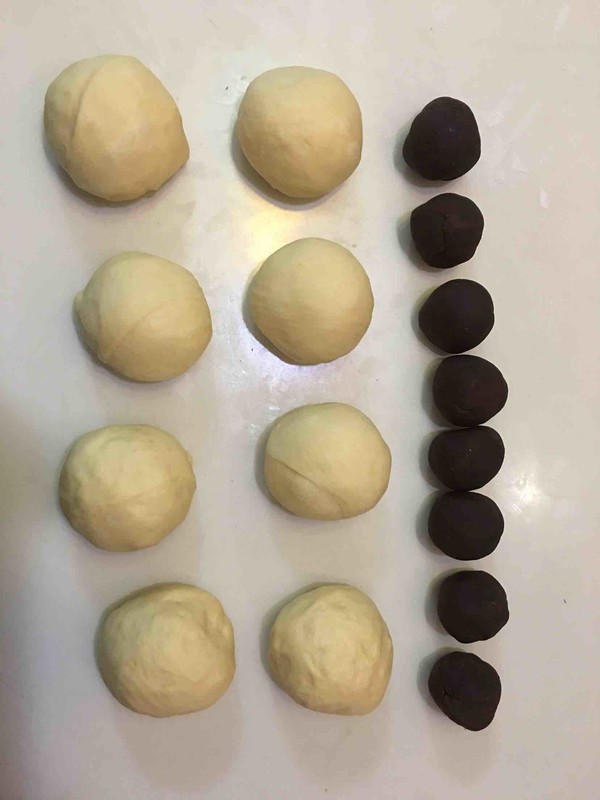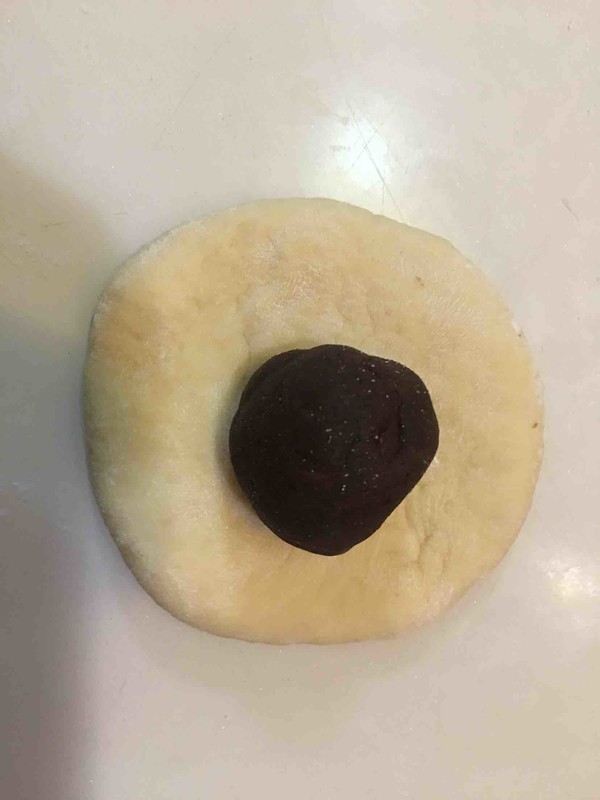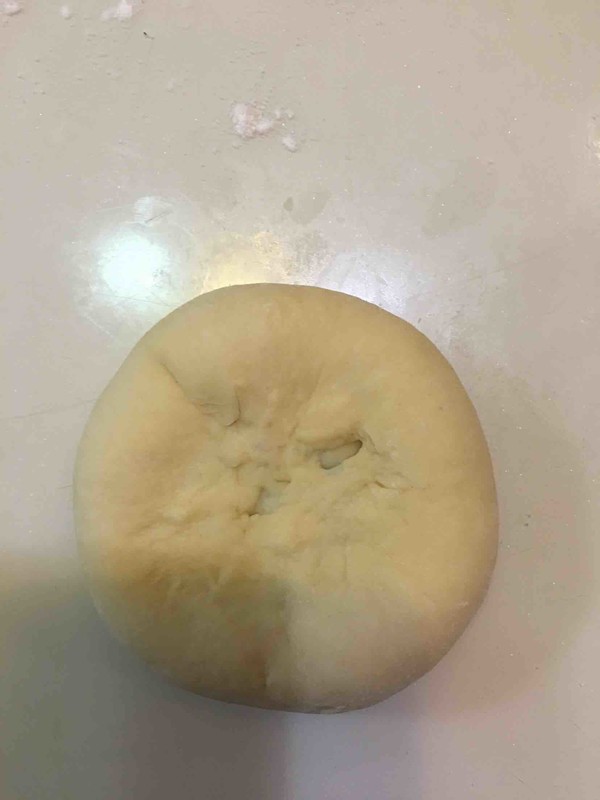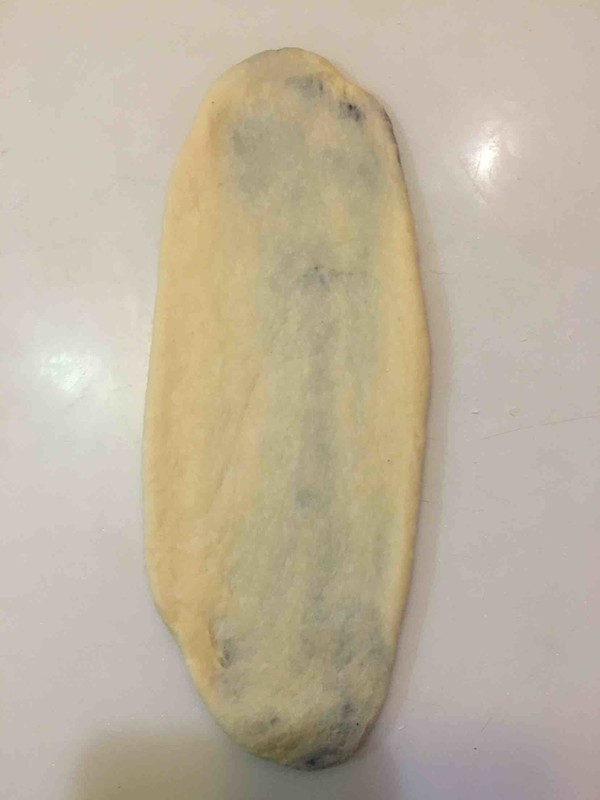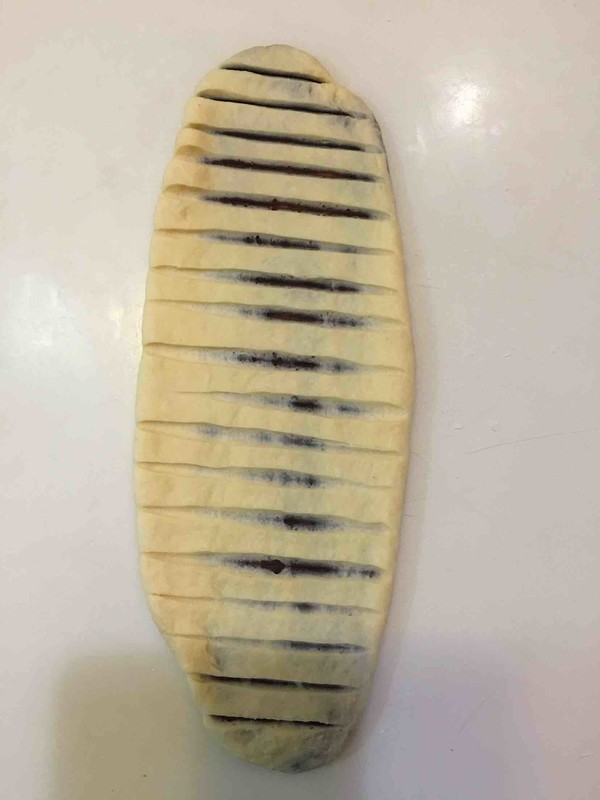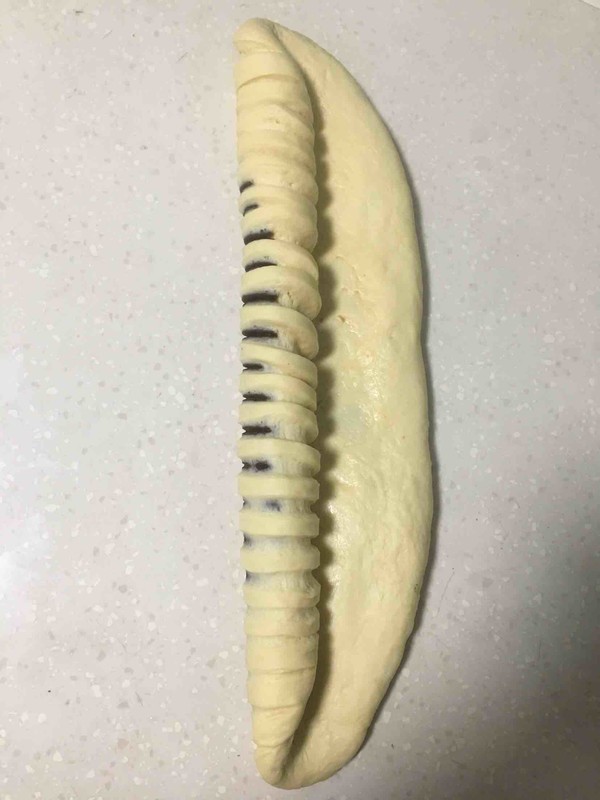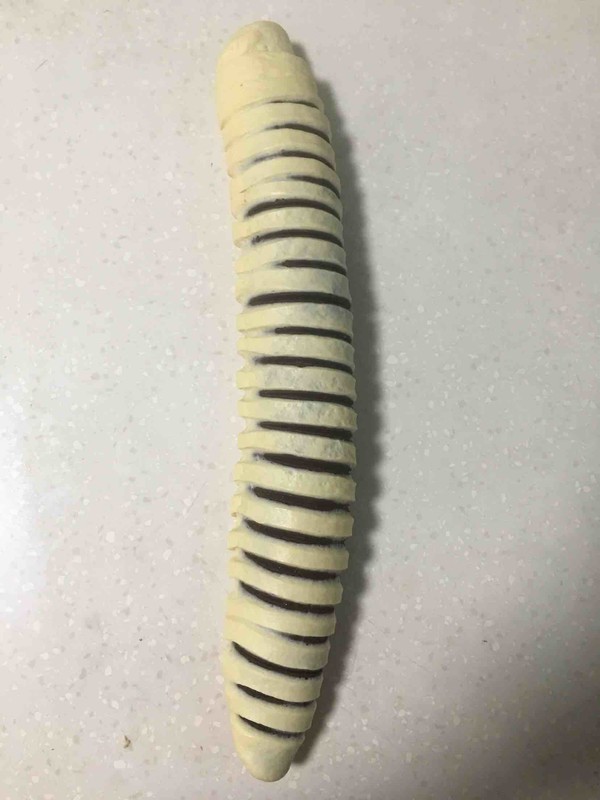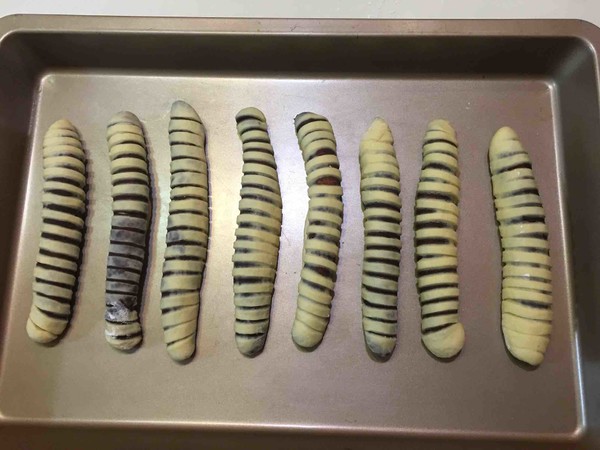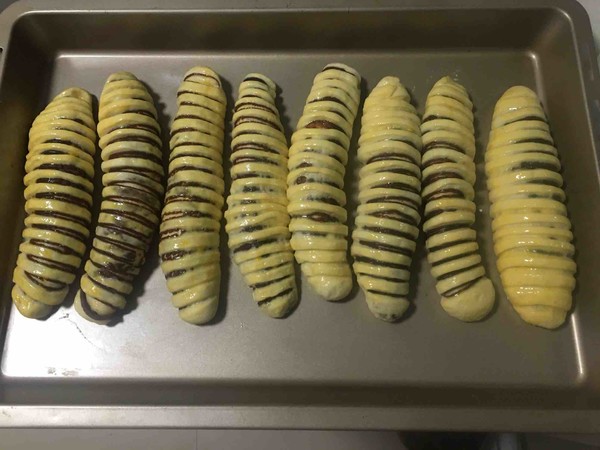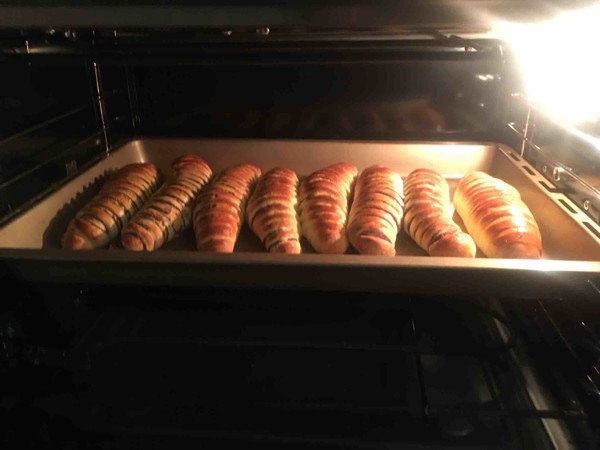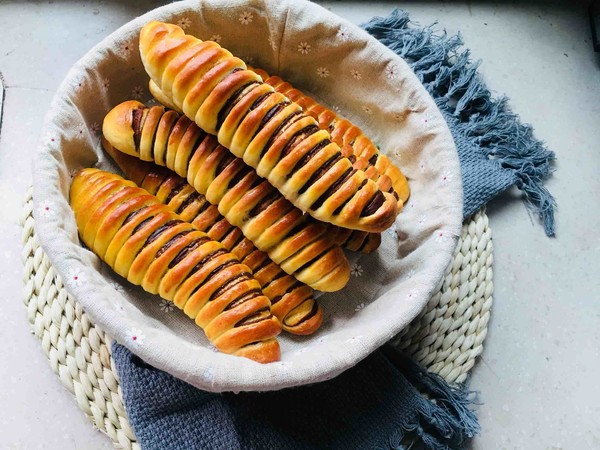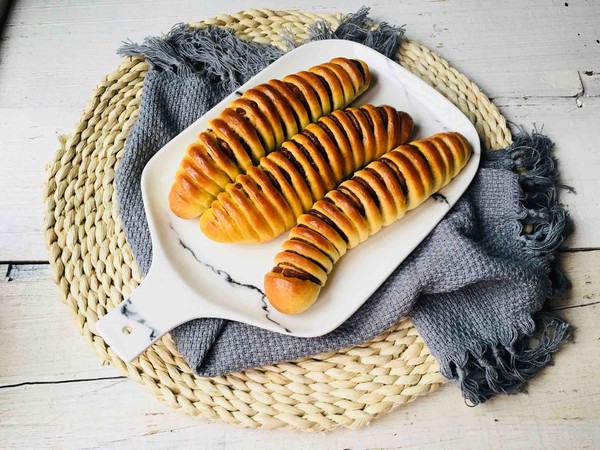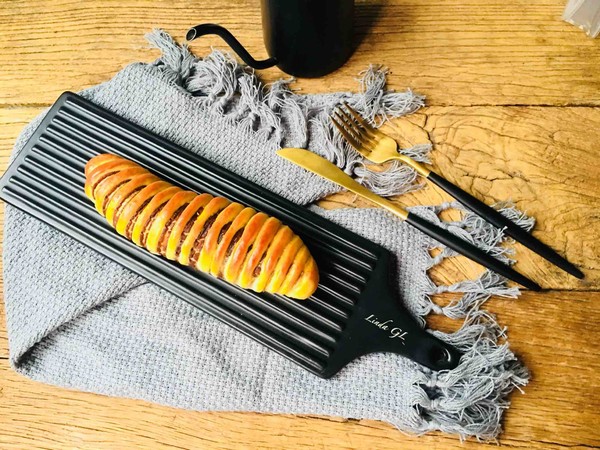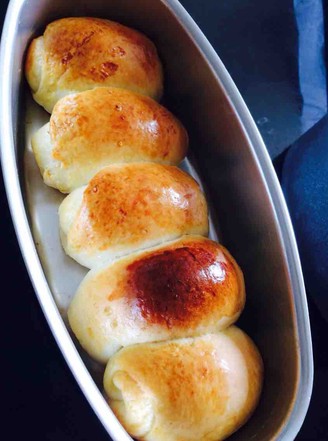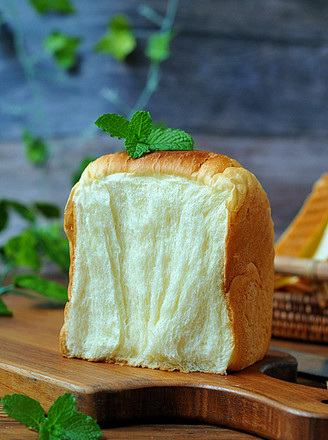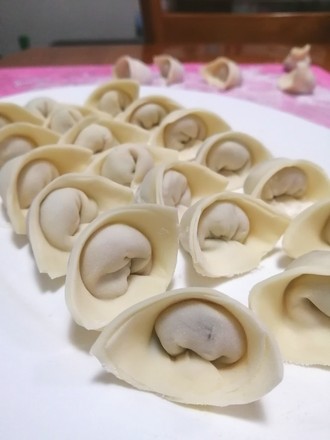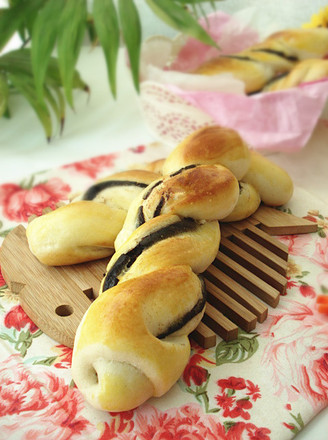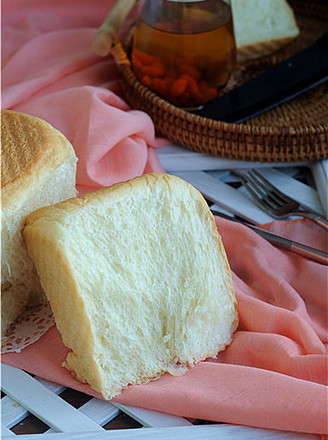Caterpillar Bread
1.
After the oil method, knead the dough smoothly with a bread machine.
2.
Kneading the dough can produce glove membranes, or can pull jagged edges.
3.
The bread is sealed in the bread machine directly, and the bread expands about twice. Use your finger to gently poke a hole without retracting, and the serve is completed.
4.
After venting and shaping, the dough is formed into 8 doughs on average, and the bean paste filling is also rolled into 8 dough balls.
5.
Roll the dough into a round crust and put it into the red bean paste.
6.
Wrap it tightly, seal it, and press it into an oblate shape.
7.
The seal is facing down and roll out into a tongue shape.
8.
Use a knife to gently cut out the lines of about 1cm, do not cut, just cut until you can see the bean paste.
9.
Start the roll from the long side.
10.
Roll into a roll and seal both ends tightly.
11.
Roll all into rolls and place them on a baking tray with the seal facing down, keeping the distance between them.
12.
Put the second shot in a warm and humid place to double the expansion, the second shot is completed, and the epidermis is brushed with egg liquid.
13.
After the oven is preheated, set the middle layer at 180 degrees and bake for about 20 minutes until the skin is golden. If the skin is colored early, it must be covered with tin foil to prevent burning.
14.
After being baked, it should be sealed and kept in the air.
15.
Crispy and delicious.
16.
Today’s breakfast has no worms! A happy breakfast starts here.
Tips:
1. Different oven temperature settings are different, please refer to your own oven.
2. Do not roll the skin too heavy, because the skin is too thin and broken, which will affect the shape.
3. If the skin is colored early, pay attention to cover with tin foil to prevent baking.
4. Different flours have different water absorption rates. Reserve 10 grams of liquid to see if the flour is better.

